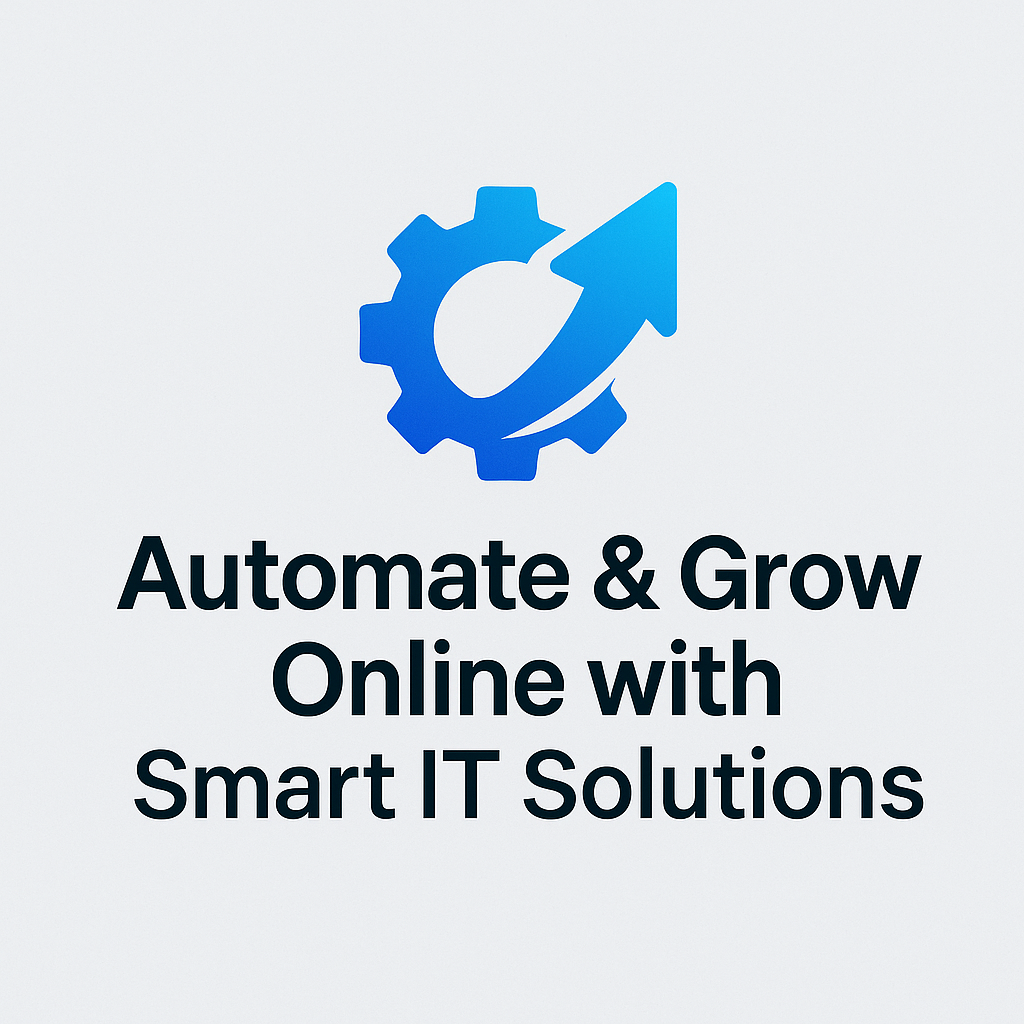
The four core A2A data shapes
A2A organizes communication around four primary object types, each representing a distinct phase in the workflow:
- Agent card. A small JSON file (agent.json) that publicly describes an agent’s identity, capabilities, authentication methods, and optional digital signature. Other agents read these cards to discover potential collaborators and verify trust.
- Task. A structured work request that includes a unique
task_id, an input payload, and metadata about priority, expiration, or required modalities. The task defines what needs to be done and serves as the anchor for all subsequent communication. - Message. A stream of status updates and intermediate information about the task. Messages carry progress indicators, requests for additional input, or contextual notes, and are typically transmitted over SSE or gRPC streams.
- Artifact. The result of the completed task. Artifacts can contain text, files, or structured data. They finalize the transaction and can be stored, validated, or chained into another Task for further processing.
In a typical exchange, the requesting agent first retrieves an agent card to confirm another agent’s capabilities and supported protocols. The requesting agent is referred to as a client, and the agent that it’s interrogating about services is called a server, but these aren’t permanent states: an agent may act as a client in one context and a server in another, and in fact the two might switch roles in the course of a single interaction.
At any rate, the client agent issues a createTask request, which the server agent acknowledges by returning a task_id. As the task runs, the provider streams Message objects that indicate status or request clarification. When the work is finished — or if it fails — the provider emits one or more Artifact objects, along with a completion code.


